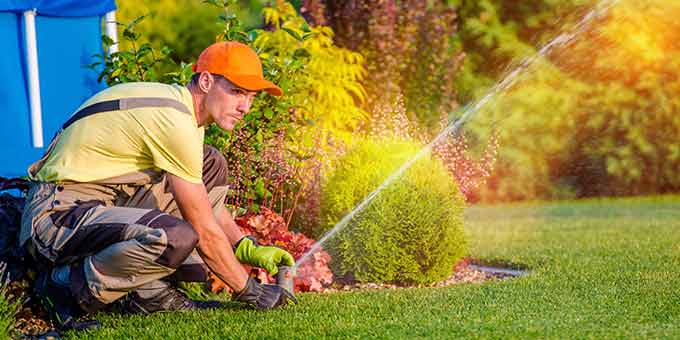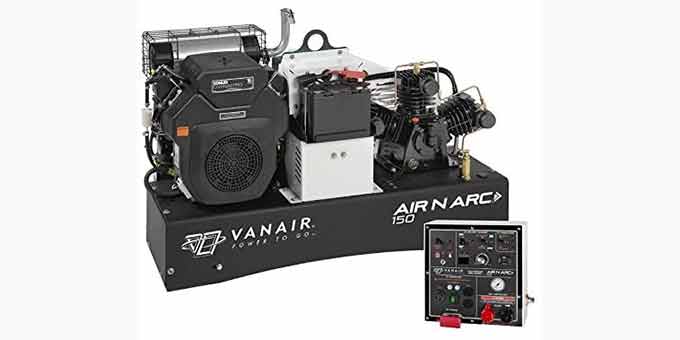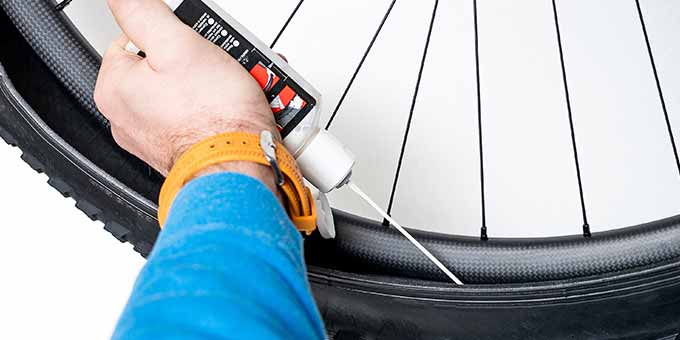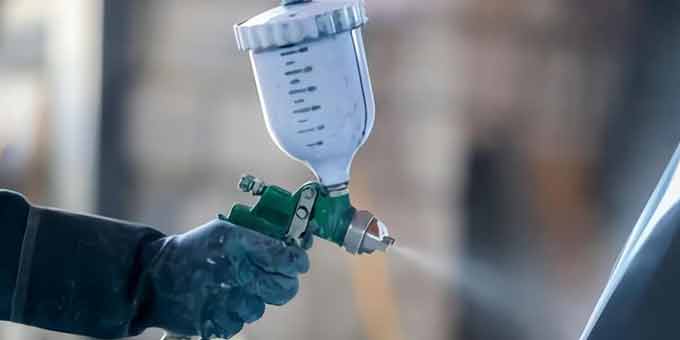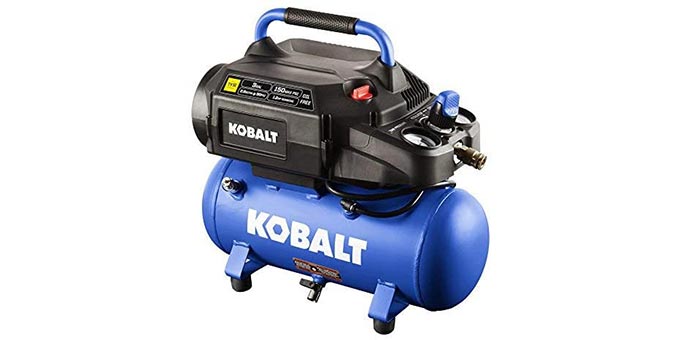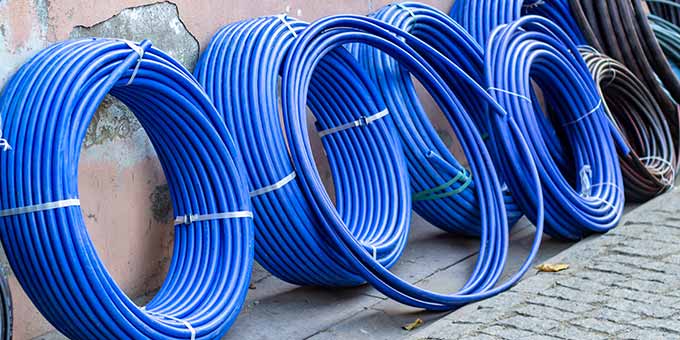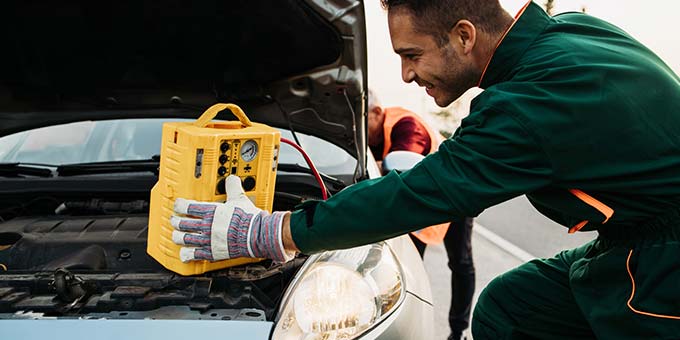There are a few vital steps to take when the time comes to turn off your sprinkler system and brace for the colder months of winter and fall. If you miss these steps, your sprinkler head may not work correctly, if at all, when the system is reactivated next spring.
Why is this essential, you ask? Well, to put it simply, unless you blow that water out of the pipes, it could linger in your irrigation system. The lingering water could turn to ice over the winter months if you fail to blow out your lines before the cold weather hits.
This article discusses winterizing irrigation systems before you shut them off at the start of autumn or winter.
Why Is It Important to Blow Out Your Sprinkler System and What Does It Mean?

One of the primary reasons to clear out your irrigation system each year before winter is to remove excess water supply lingering in the line once you switch the system timer off. You can avoid potential damage caused by standing water amid the changing season by properly blowing out the pipes; making sure they are thoroughly dried out and clear.
When your area goes through its winter cold spell, there will be no water supply in the pipes with a good blowout. You won’t have ice formation within your irrigation system if temperatures drop to the sub-zero level because there will be no water left in the pipes that could freeze.
Water is moved from a supply tank to your soil or grass by the components that make up sprinkler systems. Moreover, water can cause the inner lining of the pipes to rust and rot, so the lines mustn’t hold lingering water for any prolonged length of time.
The pipes will not be vulnerable to corrosion or mold buildup if you remove all of the remaining water inside your irrigation system.
One of the worst things that can happen within an irrigation system is the embrittling effect of the frozen water supply on the inside walls of the pipes. Pipes should be cleared when they are no running water taps attached. You can prevent irrigation pipes from cracking when you blow air through them in advance each winter.
This procedure will also help ensure that everything works the following summer when you require your sprinkler system activated daily once again.
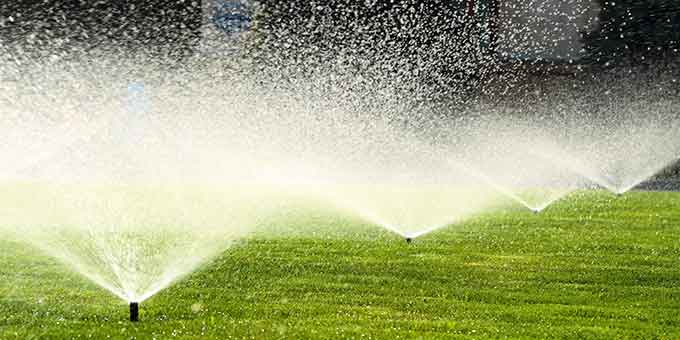
The Use of Air Compressors in Blowing Out an Irrigation System
You can effectively clear your irrigation system of lingering water at the end of each warm season with the help of an air compressor. Pressurized air can deliver the necessary power to push out all the standing water along each joint and length of your sprinkling system before you shut the system off for the cold months.
Water pipes are not designed to store water but rather run it. The lines that serve your bathroom and kitchen may have water in a constant flow state, but it is not the same for your irrigation system, which is only required during a specific time of the year.
Your pipes will be free of trace water elements, drier, and more clear with the cleansing blowout that can be delivered with an air compressor.
When the time comes to reactivate your sprinkler system, an air compressor can help you maintain a proper flow through the irrigation system. Clearing away standing water that could freeze inside the pipes, if left to linger, can be performed using pressurized air to force the water through the pipes and out through the spout.
The presence of ice itself is not healthy for pipes, even though some people might think that warmer weather will liquify away this frozen water.
An air compressor with high air pressure can perform cleaning through your irrigation system. Once the air pressure is high enough, you can blast through each segment of the system, clearing the pipes of residue that may lead to corrosion or mold when the system lies dormant.
What Size Air Compressor Do I Need to Blast Out My Irrigation System?
One of the most commonly asked questions about sprinkler winterizing is: Can I blow out sprinklers using my air compressor?
If your air compressor has a cubic feet minute rating in the range of 85 cfm and 105 cfm, the answer is a resounding yes. It’s good to note that you will probably need to carry out the procedure on a zone-by-zone basis.
Moreover, if you are looking for the most suitable compressor for winterizing irrigation systems of various sizes, check out a reciprocating compressor for the best results.
Step by Step Guide on How to Blow Out Your Sprinkler System with an Air Compressor
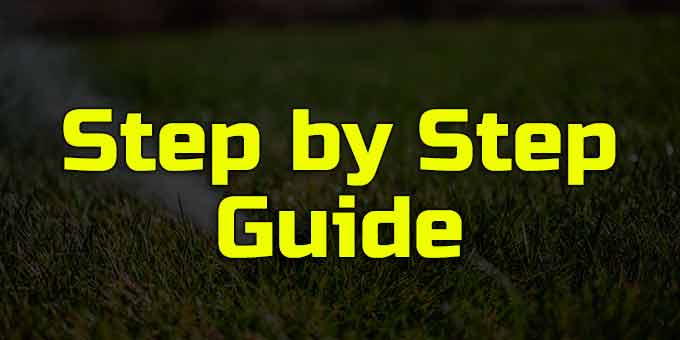
Below we have set out guidelines that teach you about winterizing irrigation systems in the fall before you switch off your sprinklers. Before proceeding, make sure that you have a pair of protective goggles, an adapter for the sprinkler bid, a hose for your air compressor, and any extra fluids or parts you may require for the job.
Step 1: Turn Off the Water
This may sound like a no-brainer, but the first step to successfully blowing out your irrigation system is to shut off the water supplies. Next, you need to perform a preliminary draining of the pipes to remove excess gunk or water.
Performing the above steps makes the clearing process much easier and more thorough. The purpose of the air compressor is to clear out any water that remains once the pipes have been drained naturally and not clear out a saturated set of lines.
It’s good to note that an irrigation system will predominantly clear itself once you shut off the water source.
However, letting the pipes drain naturally is not a good practice. Water will usually remain after natural drainage, thus affecting air pressure. First, you should drain the pipes naturally and then conduct a blowout to ensure proper system health.
Step 2: Open Hose Bibs, Drain Water
Locate the hose bib on the mainline of the sprinkler once you have shut off the water supply to the system. This stimulates the natural drainage of air and helps release pressure on the pipes.
Sprinkler systems need to be drained for several minutes and may have numerous pipes that must be drained individually. If you have an extensive sprinkler line over your entire property, the above step can save you a lot of maintenance costs in the future.
Step 3: Test the Air Compressor
Ensure that the air compressor hose is attached correctly and test the machine for the task ahead. Depending on your pipes, you need to determine how much power you will require. A rigid PVC pipe generally requires around 80 PSI to clear water out successfully, and 50 PSI will do for pipes made from black polyurethane.
Step 4: Prepare the Hose
Once your compressor tank is filled and you have closed the valve, it’s time to get the hose ready. You may need a long air hose to connect your irrigation system and air compressor, and the hose must be free of air leaks or cracks and flexible enough to bend in those tight corners.
Step 5: Attach the Air Hose
Once everything is ready, you can attach the hose to the bib in the mainline of the sprinkler system. If there are fitting issues, you may need to attach an adapter to the bib.
When the hose is attached, ensure that it is securely fitted and snug in the gap; this ensures that the air compressor effectively cleans your sprinkler system.
Step 6: Activate the Air Compressor
It’s now time to correctly turn on your air compressor when the hose is attached to the sprinkler system. Make sure to blast out the farthest sprinkler first to carry out the task zone-by-zone properly.
If the sprinkler heads are spread through low and high levels on your land, make sure to use the compressed air to blow out the ones on the higher level first.
Step 7: Open the Compressor Valves
Once the valve is open, the compressed air can move through the pipes and begin clearing your sprinkler heads. If you are close to the sprinkler zone or sprinkler lines, make sure to wear protective eyewear to prevent injury.
Step 8: Move to the Next Zone
When the zone furthest is completed, move the process to the next zone. Both zones should take roughly the same time to clear unless something hinders the compressed air.
Step 9: Complete the Blow Out Port, Zone by Zone
Diligently move from zone-to-zone and use the air compressors’ power to clear all your sprinkler heads. If you have a backflow preventer, no would be an excellent time to use it. Keep an eye on the pressure regulator of your portable compressor, as this will give you an indication of trapped water.
Step 10: Disconnect the Equipment
Once the job is complete and the running air moves freely, it’s time to detach the equipment. Safely unplug the air compressor hose from the PVC piping and store it in its standard storage space.
Pneumatic tools need to be stored securely with valves in a closed position if you want them to last for an extended period.
Conclusion
Winterizing sprinklers is a common activity that is performed every year. If you want optimal performance and want to eliminate the chances of water freezing in your pipes, use high pressure before fall or winter to reduce this problem.


